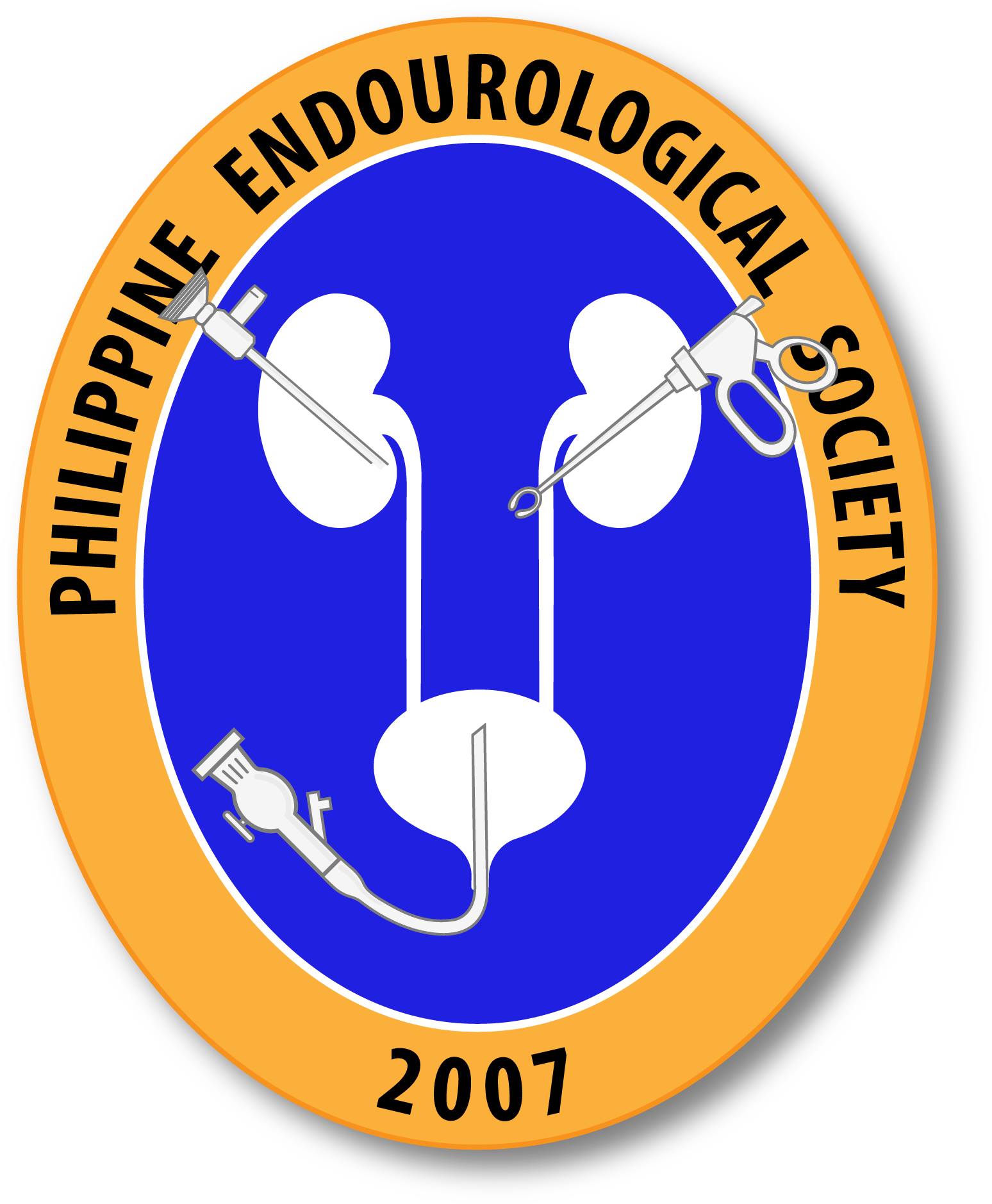Non-Muscle Invasive Bladder Cancer: A Review of the Current Trend in Africa.
Bladder cancer is the fourth most common cancer in men and the 11th most common cancer in woman accounting for 6.6% of all cancer cases. Approximately 70-75% bladder cancers are non-muscle invasive bladder cancer (NMIBC). A few African studies have provided considerable rates of NMIBC as compared to western settings 70% to 85%. Critical step […]
